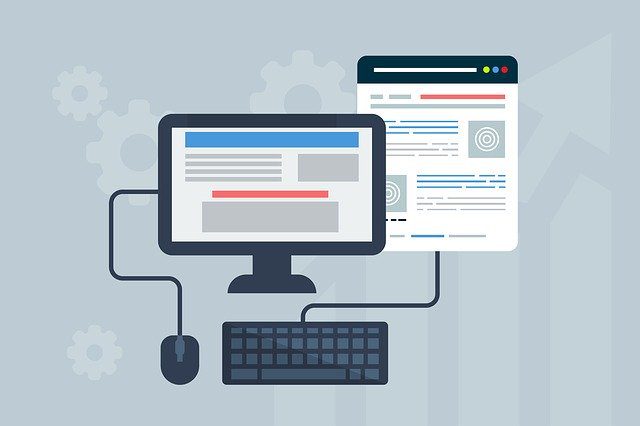Website speed has a major role in the growth of the website. This influences several main indicators, including the popularity and conversion rate of the web. Optimizing the pace of a website is a must, but figuring out how to do that can be difficult.
Slow and steady may help you accomplish your objectives in life, but when it comes to websites, only a second pause implies a loss of traffic, sales, and reputation. That ensures that any website has to be configured to the fastest possible level, no matter which device or platform it is accessing. In hopes of creating the best optimization attempt, a professional website development company should begin by understanding the causes for sluggish site loading.
Why Website Speed Matters?
Users are demanding websites to be quick these days. When sites take longer than necessary to load, the User Experience (UX) of your site is adversely affected. This makes a difference because every time your UX hits, your conversion rate is impacted.
Website speed is also the Google ranking criterion for both desktop and smartphone websites. If you do not sustain good website efficiency, the popularity of your site on Search Engine Result Pages (SERPs) decreases, resulting in lower-traffic rates.
Let?s take a glance at some of the common issues that lead to snail-paced websites and explore ways to fix them.
Poor server performance
The user’s browser pings the server if someone clicks on the page, which means that they are waiting for all the information and details needed to access the page. With everything else running well, the efficiency of sub-par servers slows down the speed of the website. Bad server output is typically due to site host efficiency. A virtual server would be available at cheaper web hosting. So a website shares space and services with a variety of other websites. In that case, as each site is in a queue with several other sites, each site is low. The solution here is easy: get a better web host.
Unnecessary Flash content
Although Flash is useful for improving website engagement, it can also slow down website loading speeds. Flash content appears to be heavier, and more of it would undoubtedly affect the pace of website development. Where necessary, minimize or erase the size of Flash files. Check HTML5 options to replace current Flash content which tends to offer more usable file sizes.
Unsatisfactory Server Location
It takes longer to connect long-distance calls because the details used to make a call need to travel a larger distance. More wires, more satellites to communicate through. When it comes to a no different website. If a user from a country uses a website using a server located in another country, the web browser ping used to load a website must pass halfway around the world, request access to the correct data, and return halfway around the world to a visitor’s laptop. Obviously, the greater the gap, the slower the website would be.
Caching vs Page Loading
Caching is where users save static copies of files on your website. When users visit the site, their browsers will be able to view the stored data instead of having to refresh it. This speeds up the loading process, with quicker data recovery. Any time the website has to load all the scripts, without caching. This is completely needless and can hinder user functionality because it is easy to fix. Try integrating both browser / HTTP caching and server-side caching. This will certainly vastly boost the efficiency of the website in terms of pace.
Using an outdated CMS
The Content Management System (CMS) is used for creating, maintaining, and changing digital content. They are also used for business and online content management. By using a CMS such as WordPress or Wix to administer a website, check that it has been updated with the latest security upgrades. By keeping up to date with the latest updates, the program is kept free of any bugs or problems, particularly in terms of pace. Then next time a popup occurs asking for the newest update of the CMS to be installed.
Too Many Ads
Although advertisements are a better way to make money with high-traffic websites, they can also slow down web pages. More advertising means more HTTP requests, and they impact the page load time. Rich media advertisements are highly harmful in this regard. With pop-ups, adverts, and auto-downloads blocking up the website, users will have to wait for ages to process real web content.
Loads of HTTP Requests
If the website contains too many JavaScript, CSS, and image files, this can result in a higher number of HTTP requests. In this scenario, every time anyone tries to access, the browser pings the server with several requests to access too many files. This will, of course, bog down the web page. To fix this, consider using CSS Sprites to minimize HTTP requests. Cut down the number of files to be loaded onto a web page. Minify CSS and JavaScript files and would also minimize the number of files to be accessed by a user while accessing a web page.

As the editor of the blog, She curate insightful content that sparks curiosity and fosters learning. With a passion for storytelling and a keen eye for detail, she strive to bring diverse perspectives and engaging narratives to readers, ensuring every piece informs, inspires, and enriches.










